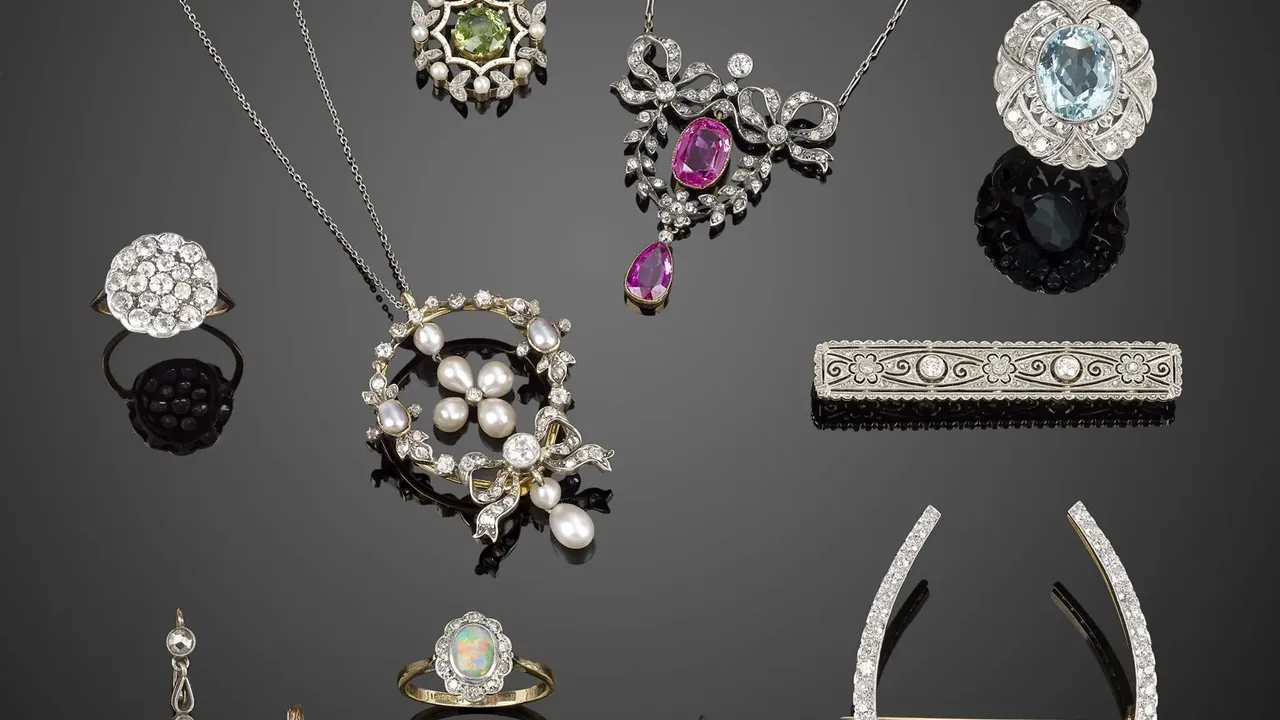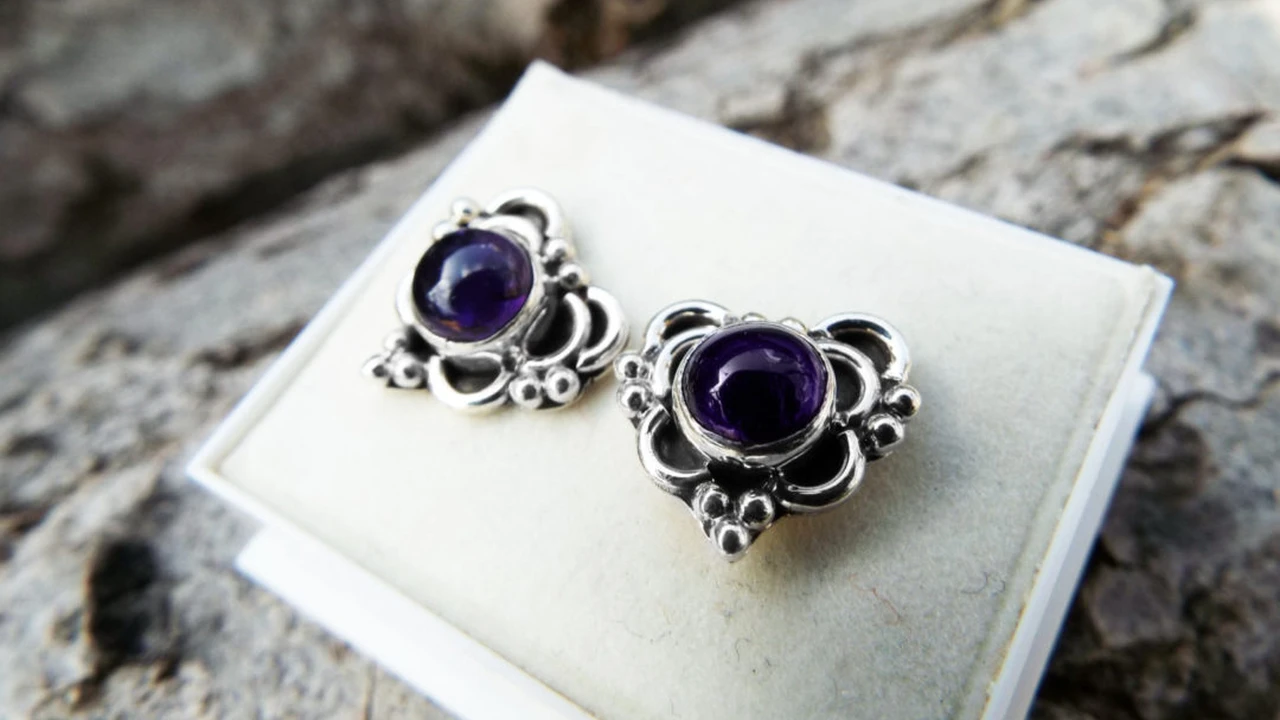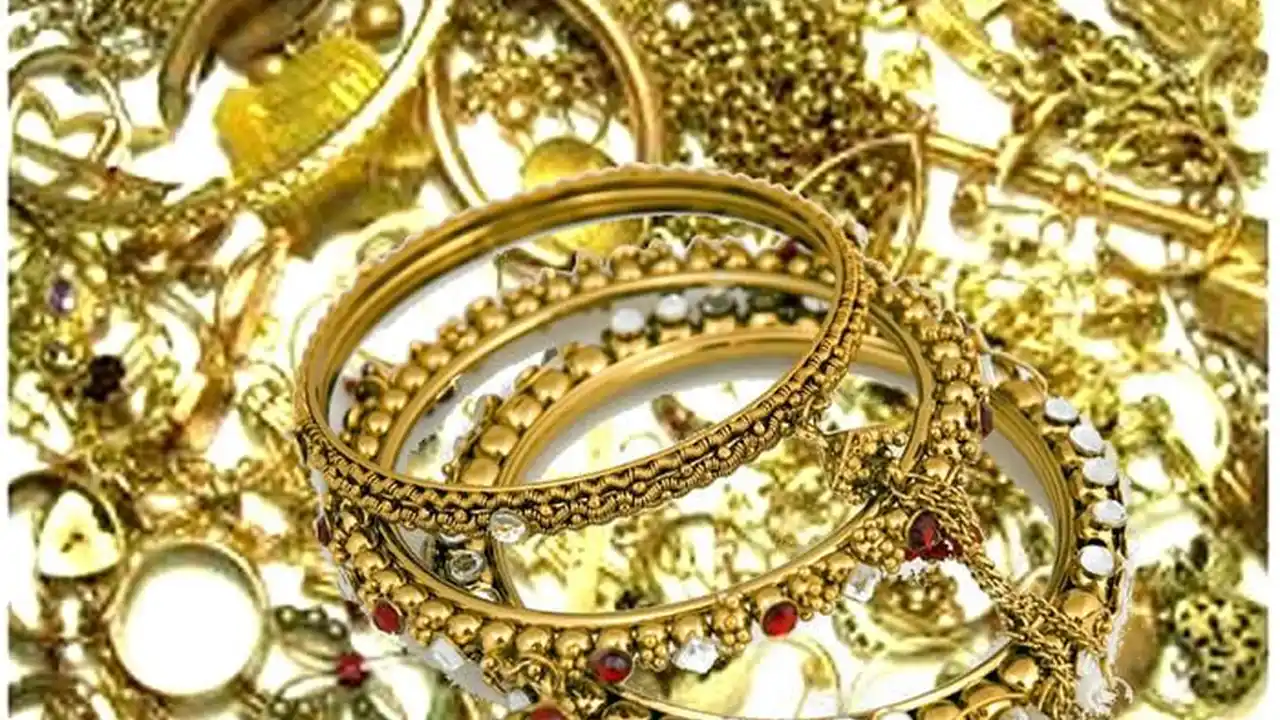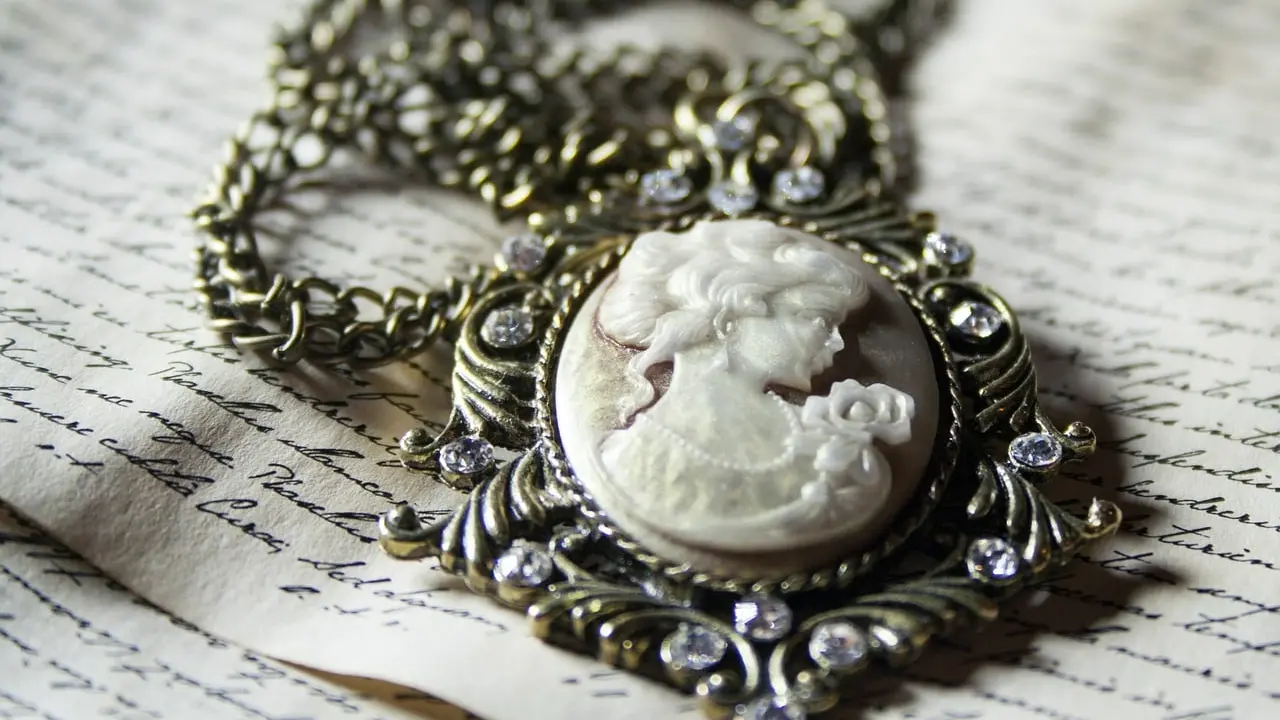Antique Jewelry Auctions in the USA Top Events to Attend
Discover top antique jewelry auctions in the USA Plan your visit and find valuable vintage pieces.

Understanding Antique Jewelry Auctions USA: A Beginner's Guide
So, you're intrigued by the allure of antique jewelry auctions in the USA? Fantastic! It's a world of dazzling gems, historical significance, and the thrill of the bid. But where do you start? Think of this as your friendly guide to navigating the sometimes-intimidating, but always exciting, world of antique jewelry auctions. We'll cover everything from finding the right auction house to understanding the lingo, so you can confidently participate and maybe even snag a treasure.
Top Antique Jewelry Auction Houses in the USA: Finding the Right Venue
The first step is finding the right auction house. Not all auctions are created equal. Some specialize in high-end, museum-quality pieces, while others cater to a broader range of collectors and budgets. Here are a few renowned auction houses in the USA known for their antique jewelry offerings:
- Sotheby's & Christie's: These are the big players. Expect world-class collections and prices to match. Perfect if you're looking for something truly exceptional.
- Bonhams: A global auction house with a strong presence in the US. They offer a wide range of antique jewelry, from Victorian brooches to Art Deco bracelets.
- Skinner Auctioneers: A reputable regional auction house with a focus on American antiques and fine art, often featuring interesting estate jewelry.
- Local Auction Houses: Don't underestimate the power of local auctions! You might find hidden gems and more affordable prices. Do your research and check their reputation.
Preparing for an Antique Jewelry Auction: Research and Inspection is Key
Before you even think about raising your paddle, do your homework! This means:
- Catalog Review: Carefully examine the auction catalog. Pay attention to descriptions, provenance (history of ownership), condition reports, and estimated values.
- Pre-Auction Viewing: This is crucial! Attend the pre-auction viewing to inspect the jewelry in person. Use a loupe to examine gemstones, settings, and hallmarks. Look for signs of damage or repair.
- Research Comparable Pieces: See what similar pieces have sold for in the past. This will give you a better idea of the market value and help you set a budget. Sites like WorthPoint and LiveAuctioneers can be helpful.
Understanding Auction Terminology Antique Jewelry Edition
Auctions have their own language. Here are a few key terms to know:
- Estimate: The auction house's estimated value range for the item. It's not a guarantee of the final selling price.
- Reserve Price: The minimum price the seller is willing to accept. If bidding doesn't reach the reserve, the item won't be sold.
- Hammer Price: The winning bid price.
- Buyer's Premium: An additional fee charged by the auction house on top of the hammer price. Be sure to factor this into your budget.
- Provenance: The history of ownership of the piece. A well-documented provenance can significantly increase its value.
Bidding Strategies at Antique Jewelry Auctions: Tips for Success
Ready to bid? Here are a few strategies to consider:
- Set a Budget and Stick to It: It's easy to get caught up in the excitement of the auction. Decide on your maximum bid beforehand and don't exceed it.
- Start Low: Begin with a lower bid and gradually increase it as needed.
- Be Patient: Don't jump in too early. Observe the bidding and wait for the right moment to make your move.
- Consider Absentee Bidding or Online Bidding: If you can't attend the auction in person, you can submit an absentee bid or bid online.
- Don't Be Afraid to Walk Away: If the bidding goes beyond your budget, don't be afraid to let it go. There will always be other opportunities.
Featured Antique Jewelry Auction Pieces: Examples and Scenarios
Let's look at some hypothetical scenarios and featured pieces you might find at a US antique jewelry auction:
Scenario 1: Victorian Diamond Brooch
* Description: A late Victorian diamond and seed pearl brooch, circa 1890. The brooch features a central old mine-cut diamond surrounded by smaller diamonds and seed pearls in a floral motif.
* Estimated Value: $3,000 - $5,000
* Potential Use: This brooch could be worn on a lapel, scarf, or even as a hair ornament for a vintage-inspired look.
* Why it's appealing: Victorian jewelry is highly collectible, and diamonds add to its value.
* Comparable Products: Similar Victorian brooches with diamonds and pearls can be found on online antique jewelry marketplaces like Ruby Lane and 1stDibs, typically ranging from $2,500 to $6,000 depending on the size and quality of the diamonds.
Scenario 2: Art Deco Sapphire and Diamond Ring
* Description: An Art Deco sapphire and diamond ring, circa 1920. The ring features a rectangular-cut sapphire flanked by baguette-cut diamonds in a platinum setting.
* Estimated Value: $8,000 - $12,000
* Potential Use: This ring would make a stunning statement piece for a special occasion or as an everyday luxury.
* Why it's appealing: Art Deco jewelry is known for its geometric designs and vibrant gemstones. Sapphires are a popular choice for their rich color and durability.
* Comparable Products: Art Deco sapphire and diamond rings of similar size and quality can be found at antique jewelry dealers specializing in Art Deco period pieces. Prices can range from $7,000 to $15,000, depending on the sapphire's color, clarity, and size.
Scenario 3: Edwardian Pearl Necklace
* Description: An Edwardian pearl necklace with a diamond clasp, circa 1910. The necklace features a strand of graduated natural pearls with a delicate diamond clasp.
* Estimated Value: $5,000 - $7,000
* Potential Use: This necklace is a classic and timeless piece that can be worn for any occasion, from casual to formal.
* Why it's appealing: Natural pearls are rare and valuable. Edwardian jewelry is known for its delicate and feminine designs.
* Comparable Products: Edwardian pearl necklaces with natural pearls are highly sought after by collectors. Prices can vary widely depending on the size, quality, and provenance of the pearls, ranging from $4,000 to $10,000 or more.
Post-Auction: What to Do After You Win
Congratulations, you won! Now what? Here's what to expect:
- Payment: You'll need to pay the hammer price plus the buyer's premium. Auction houses typically accept cash, checks, and credit cards.
- Shipping or Pick-Up: You can either arrange for shipping or pick up your jewelry in person. Be sure to insure your purchase during transit.
- Appraisal and Insurance: Consider having your jewelry appraised for insurance purposes. This will protect your investment in case of loss or damage.
Antique Jewelry Auctions in the USA: A Rewarding Experience
Attending antique jewelry auctions in the USA can be a rewarding experience, whether you're a seasoned collector or a curious beginner. By doing your research, understanding the process, and employing smart bidding strategies, you can increase your chances of finding a unique and valuable piece of history to cherish for years to come. Happy bidding!
:max_bytes(150000):strip_icc()/277019-baked-pork-chops-with-cream-of-mushroom-soup-DDMFS-beauty-4x3-BG-7505-5762b731cf30447d9cbbbbbf387beafa.jpg)






